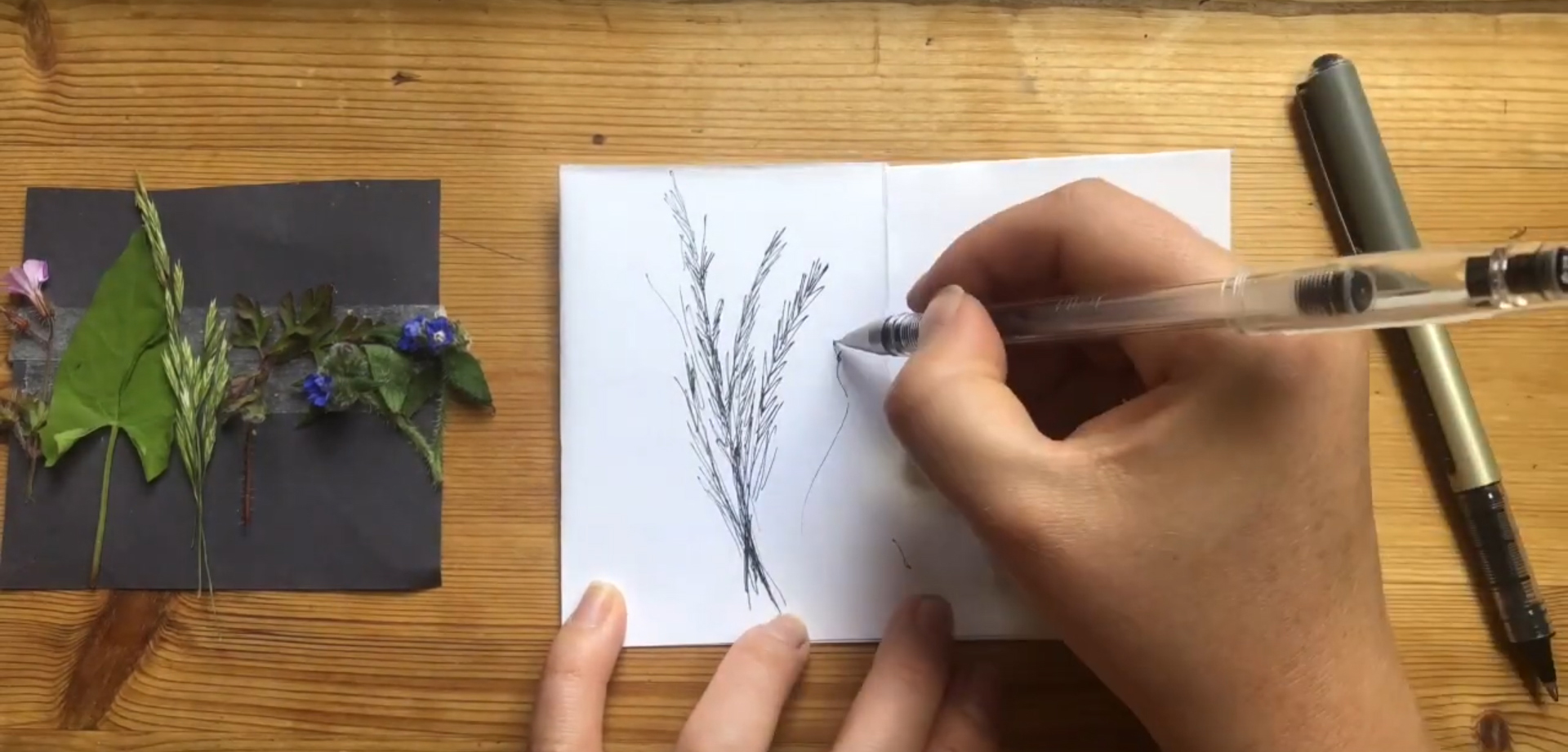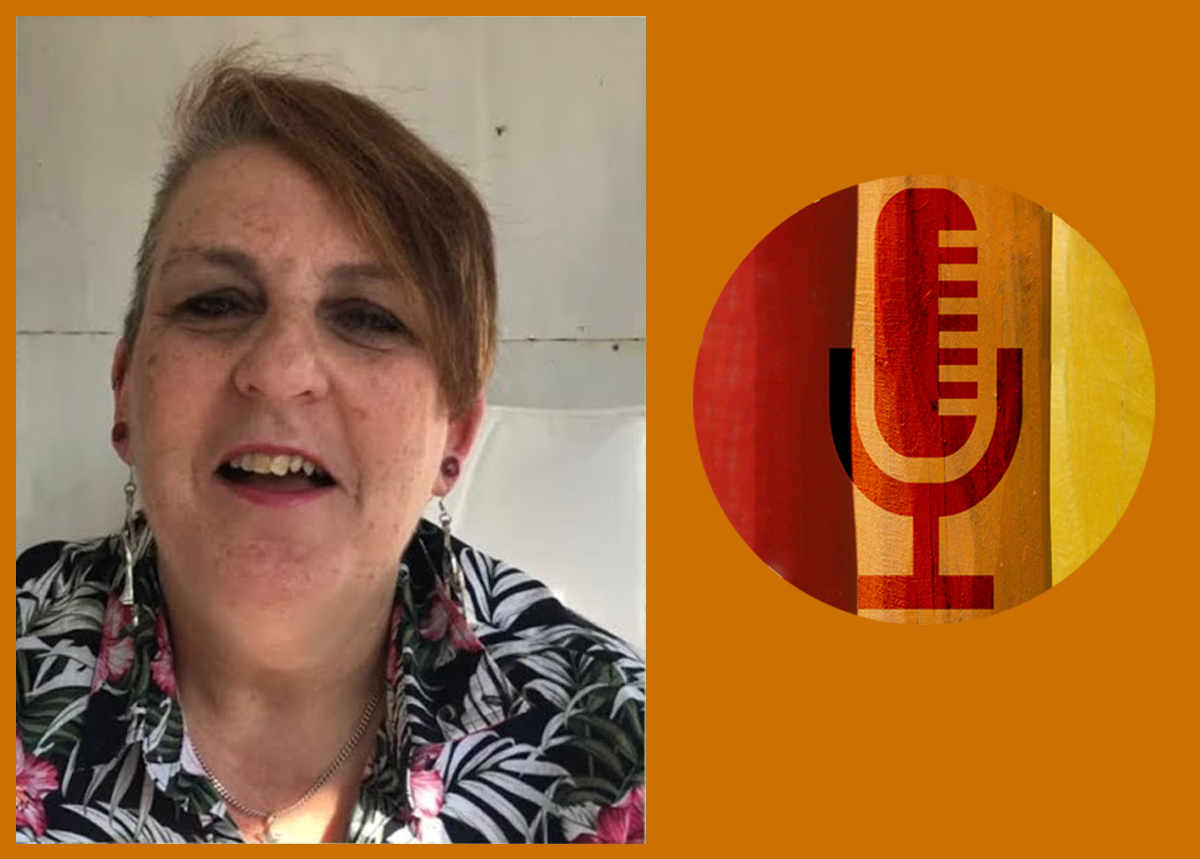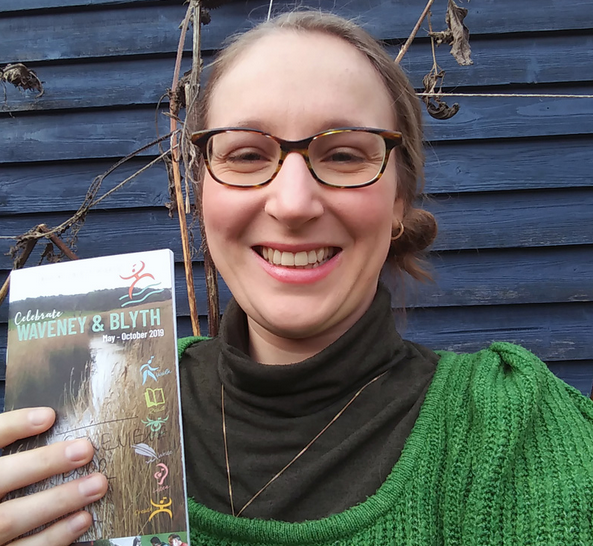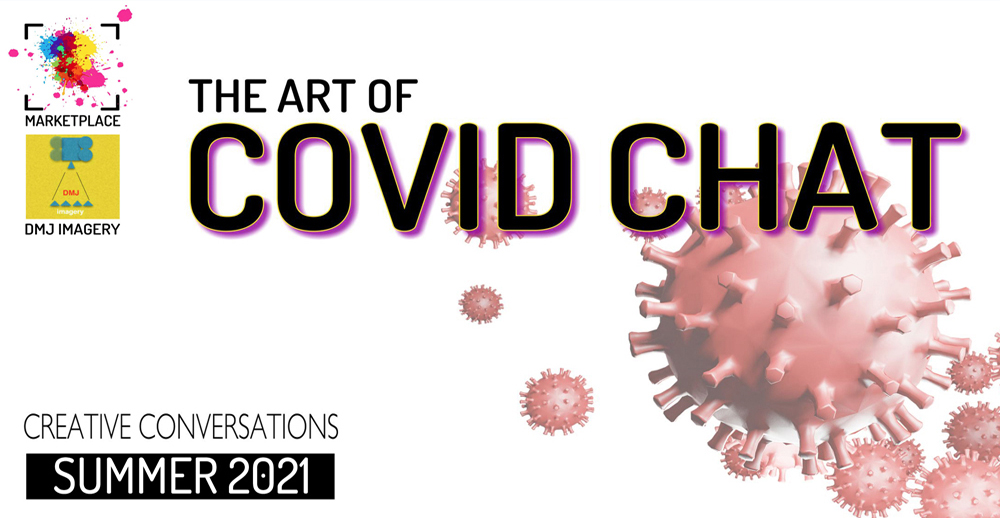In Summer 2021, Creative People and Places launched a project called 60 Second Stories. A series of mini films from each of the 30 CPP projects. Giving insight into how we co-create with individuals and communities and explore creative activity.
We contributed two videos for the series sharing the Local Voice of community members, artists and performers and what creativity means to them.
You can watch our two videos below.
Scary is Art
Sometimes it’s the small moments that matter, finding a new way to express your thoughts, the act of doing something creative, coming together to share and feeling safe enough to do so. A group of Mildenhall residents met up regularly for Meet Up Mondays cuppa and chat at the Barleycorn Café, brought together by owner Shelby Foord. Together we tried out creative activities including Art Journaling led by artist Marian Savill. We saw the positive effects of art in small moments and we think Susan Feary’s words sum it up nicely.
Watch our first video ‘Scary is Art’ here.
Film: Colin Stevens, Creative Agent.
With thanks to: Susan Feary (speaking), Barleycorn Cafe, Shelby Foord, Marian Savill, Meet Up Mondays, Arts Council, CPP
Space to Create
Why does art matter? We asked some of our creative collaborators what they thought. Filmed at St George’s Fayre and Christmas Market in March, Fenland.
Watch our second video ‘Space to Create’ here.
Filming of March Market (1st half): David Johnson (Dmj Imagery Ltd)
Filming of St Georges Day (2nd half): Rydian Cook and Mariana Vaz
Edited by Creative Agent, Colin Stevens
With thanks to: Marian Savill, Hilary Cox Condron, Dan Donovan, Caitlin Howells, Dan Walsingham & Richard Alan, March Town Council, Fenland District Council, CPP and Arts Council England.
See the other CPP projects’ videos in the 60 Second Stories series visit CPP’s YouTube page here.
To stay up to date with all our project news sign up for our newsletter.

































